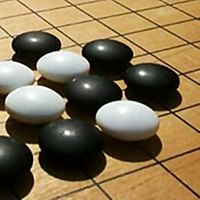
Photo from wikipedia
Objective To evaluate four predictive scores for stone-free rate (SFR) after flexible ureterorenoscopy (f-URS) with holmium-YAG laser fragmentation of renal and ureteral lithiasis. Methods We carried out a retrospective analysis… Click to show full abstract
Objective To evaluate four predictive scores for stone-free rate (SFR) after flexible ureterorenoscopy (f-URS) with holmium-YAG laser fragmentation of renal and ureteral lithiasis. Methods We carried out a retrospective analysis of 800 f-URS procedures performed in our institution between January 2009 and December 2016. For each procedure, a single surgeon calculated the following scores: S.T.O.N.E score; Resorlu Unsal Stone Score (RUSS); modified Seoul National University Renal Complexity (S-ReSC) score; and Ito’s score. Results Overall SFR was 74.1%. Univariate analysis demonstrated that stone size (p<0.0001), stone volume (p<0.0001), stone number (p = 0.004), narrow lower pole infundibulopelvic angle (IPA) (p = 0.003) and lower pole location + IPA <45° (p = 0.011) were significantly associated with SFR. All scores differed between the stone-free and non-stone-free groups. Area under the curve of the receiving operator characteristics curve was calculated for each score: 0.617 [95%CI: 0.575–0.660] for the S.T.O.N.E score; 0.644 [95%CI: 0.609–0.680] for the RUSS; 0.651 [95%CI: 0.606–0.697] for the S-ReSC score; and 0.735 [95%CI: 0.692–0.777] for Ito’s nomogram. Conclusion All four scores were predictive of SFR after f-URS. Ito’s score was the most sensitive. However, the performance of all scores in this analysis was lower than in developmental studies.
Journal Title: PLoS ONE
Year Published: 2020
Link to full text (if available)
Share on Social Media: Sign Up to like & get
recommendations!